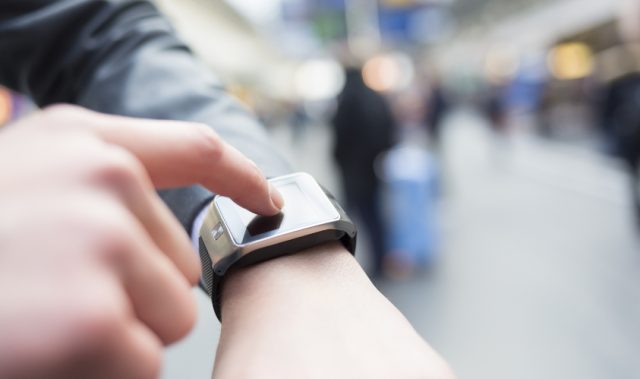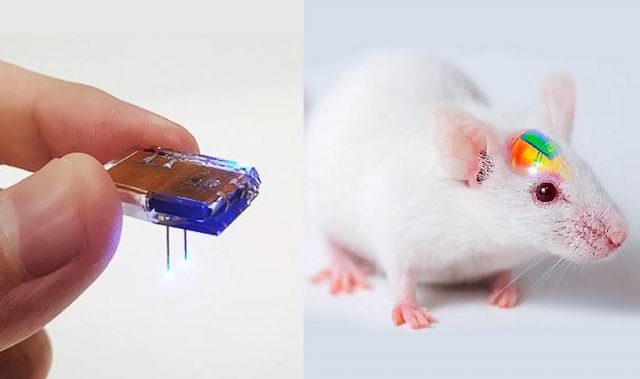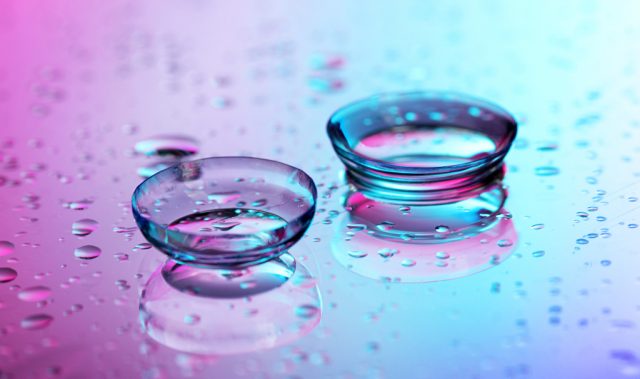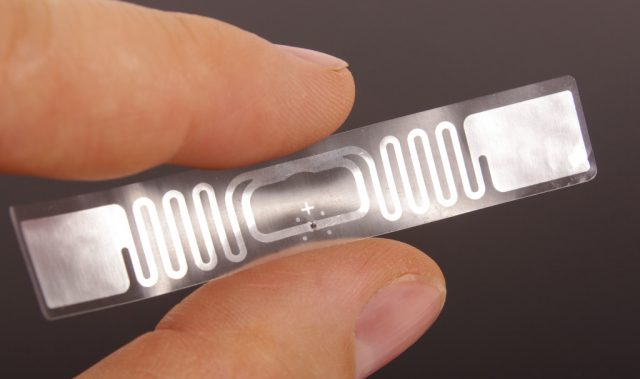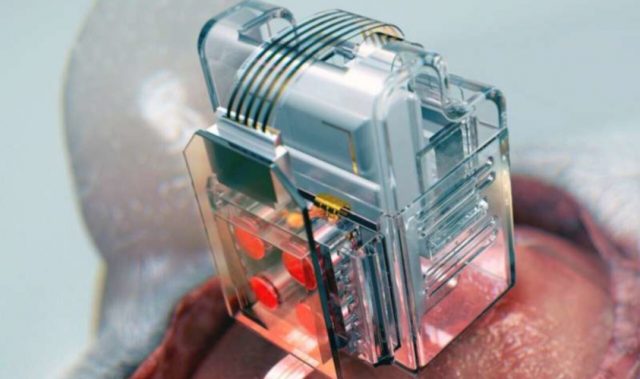
AsianScientist (Jun. 21, 2021) – According to scientists from South Korea, developing wearable devices with enhanced comfort and breathability is no sweat—literally! The details on their new preparation technique, which produces thin silicone patches with tiny pores, are published in Scientific Reports.
“Wearable bioelectronics are becoming attractive for monitoring biological compounds found in sweat, like hormones or glucose, as well as body temperature, heart rate and energy expenditure,” explained study leader Professor Cho Young-Ho from the Korea Advanced Institute of Science and Technology. “But currently available materials irritate the skin, so scientists are looking for ways to improve them.”
Typically, manufacturers use a silicone-based compound called polydimethylsiloxane (PDMS) to produce attachable biosensors due to its high water vapor transmission rate compared to other materials. However, this rate is still slower than the skin’s water evaporation rate—meaning that sweat often gets trapped under these biosensors to much discomfort.
To reduce the redness and itching caused by wearable biosensors, Cho and his colleagues developed a new technique to produce thin, silicon-based patches that rapidly wick sweat away from the skin. The patches are dotted by small, uniform pores formed by crystallizing citric acid in PDMS and then removing the resulting crystals using alcohol.
Unlike other pore formation methods that are either too expensive, complex or inconsistent, the technique developed by Cho’s team is significantly cheaper—creating pores that are around 93 percent smaller and 425 percent more uniformly-sized compared to other approaches.
More importantly, the patches transmit water vapor two times faster than human skin—easing the irritation caused by trapped sweat. After testing the patches on human skin for a week, the team found that it caused only minor redness and no itching at all, compared to the conventional non-porous PDMS membranes.
“Our method could be used to fabricate porous PDMS membranes for skin-attachable devices used for daily monitoring of physiological signals,” concluded Cho. “We next plan to modify our membrane so it can be more readily attached to and removed from the skin.”
The article can be found at: Yoon et al. (2021) Wearable porous PDMS layer of high moisture permeability for skin trouble reduction.
———
Source: Korea Advanced Institute of Science and Technology; Photo: Shutterstock.
Disclaimer: This article does not necessarily reflect the views of AsianScientist or its staff.




